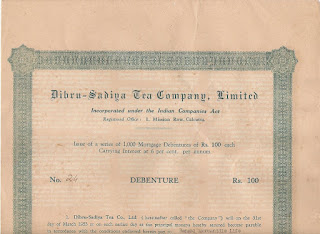In 1826, the British East India Company took control of the region from the Burmese King who was defeated in the 1st Anglo-Burmese War. In the 1830s the company had lost its monopoly on trading tea from China. Even though the British had already (re)discovered tea plants in Sadiya in 1823, it took the East India Company several years to be convinced that these plants were genuine. After some years of experimental tea cultivation, the Assam Tea Company was formed in 1840.
Tea planting became popular. From the 1850s the tea industry rapidly expanded and several seed gardens were established. 1856, the Alubari tea garden was opened by the Kurseong and Darjeeling Tea Company. Another four gardens, at Ging, Ambutia, Takdah and Phubsering were established by the Darjeeling Tea Company between 1860 and 1864, and the gardens at Takvar and Badamtam by the Lebong Tea Company. Darjeeling, grown exclusively in India is one of the most renown teas in the world and often termed as “the Champagne of teas”.
Images
Kursiong and Darjeeling Tea Company, Ltd : Shares of Rs. 50, Calcutta, 1897
Dibru-Sadiya Tea Company, Ltd : 6% Debenture of Rs. 100, Calcutta, 1938


No comments:
Post a Comment